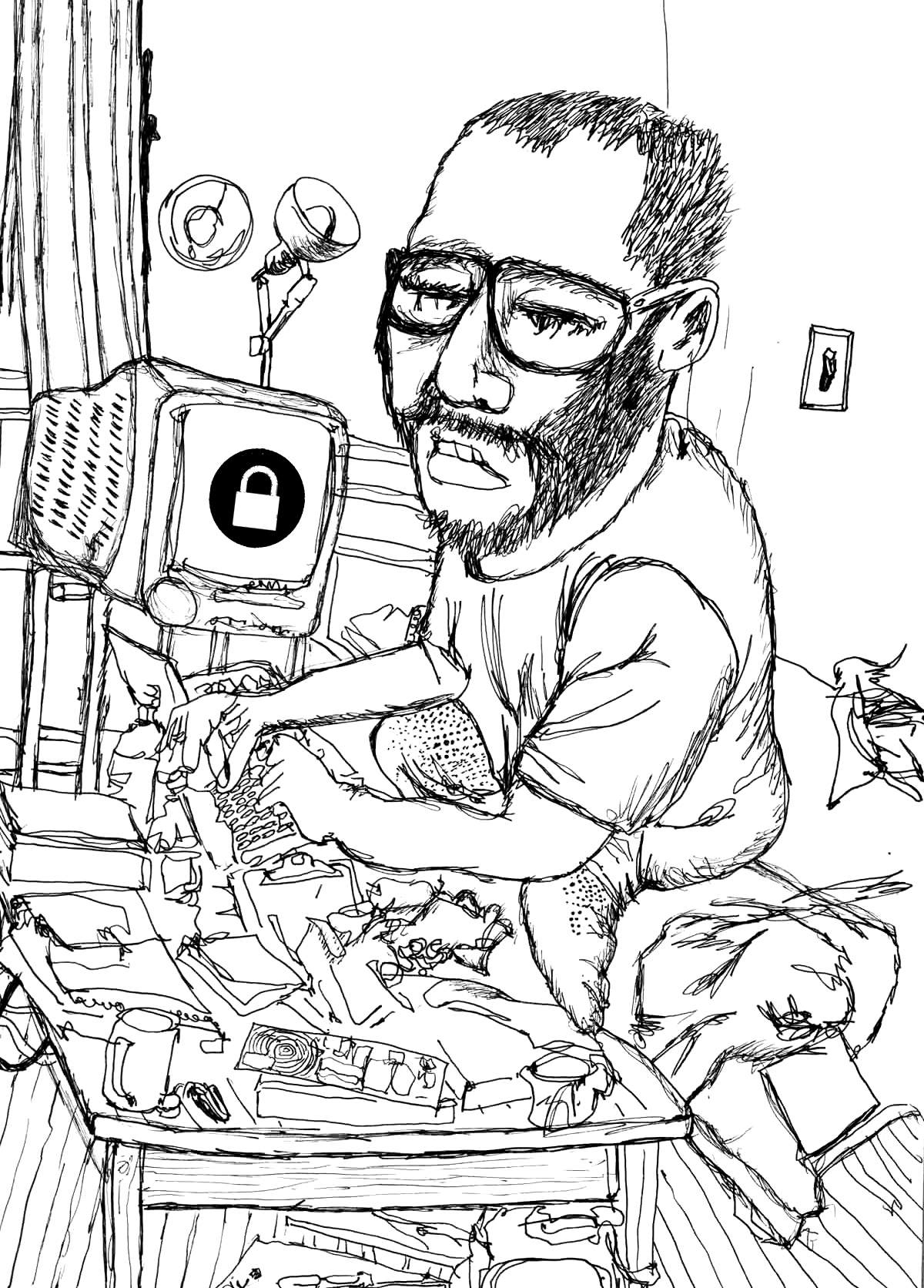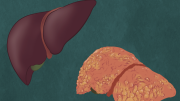Anyone who has ever broken a bone knows that the worst part, aside from the excruciating pain, is the prolonged healing period involving clumsy casts, crutches and difficult cleaning. These things may soon be a thing of the past as a new technology using special fracture putty to support and heal bones faster comes of age.
The program to develop this fracture putty is a result of funding from the U.S. Department of Defense’s Defense Advanced Research Projects Agency, or DARPA.
The initiative stems from the need for a better way to repair traumatic fractures soldiers may obtain on the battlefield through roadside explosives and the like. Injuries like these can become non-union fractures, which are fractures where there is a complete failure of the bone to unite during a normal healing time frame. Such an injury would almost surely end a soldier’s career and restrict their capabilities in other occupations.
Currently, these types of injuries are treated by surgery — often requiring multiple operations — to install pins, plates, screws, and perform grafts. These methods have drawbacks and can lead to complications like infection. Facing these limitations, DARPA set out an ambitious goal: “to create a dynamic putty-like material that, when packed in/around a compound bone fracture, provides full load-bearing capabilities within days, creates an osteoconductive bone-like internal structure, and degrades over time to harmless resorbable by-products as normal bone regenerates.”
A team of researchers lead by Dr. Mauro Ferrari and Dr. Ennio Tasciotti, who are now at the Methodist Hospital Research Institute in Houston, have managed to come up with a new composite material that may be able to fulfill DARPA’s ambitious goals. The material is a bio-nano scaffold (BNS) composed of polypropylene fumarate (PPF), which can be injected into a fracture with a syringe. The BNS will solidify at the temperature of the human body (37 C), thereby forming a glue between the bones of a fracture. The fracture putty is no simple glue, though. Embedded inside the PPF are nanoporous silicon enclosures (NSEs); these tiny spheres serve to increase the mechanical strength of the putty treatment and dissolve in the patient after a while, releasing cells and helpful factors in the process. The mechanical strength of the reinforced PPF is such that the patient should be back and moving unaided within a week of treatment.
The NSEs dissolve after a while to release mesenchymal stem cells, which are the progenitor cells of osteoblasts (the cells which build bone matrix), and a number of growth factors and cytokines to recruit the host’s own stem cells to work on bone reconstruction.
To cover the remaining bases, antibiotics and pain suppressing drugs are also included in the cocktail within the NSEs. The spheres are specially engineered such that their pores and thickness make them release the cells and factors they contain and dissolve completely at just the right time to make the osteoblast proliferation a success.
As bone matrix and cells begin to infiltrate the putty, the PPF in the matrix begins to dissolve and will be completely succeeded by organic bone over time. A few months after injury, the bone is completely restored to natural tissue.
Thus far, the team has successfully tested the fracture putty on rats and tests are beginning on sheep. The sheep tests should be interesting because their bones must support more weight than the rats’. If these tests prove successful, then it may only be a matter of time before humans trials begin. The benefit DARPA sought for its soldiers will likely quickly spill over into civilian medical practice and we may see a new era of orthopaedics emerge.




